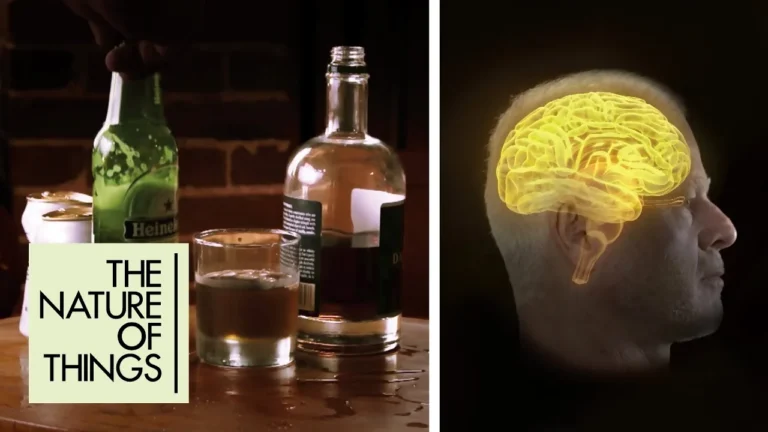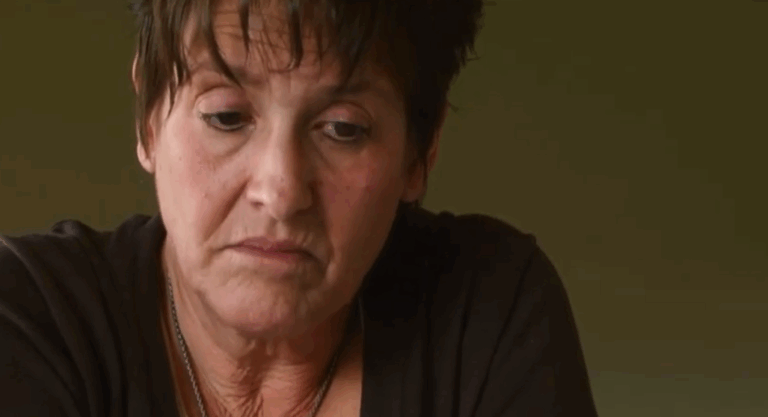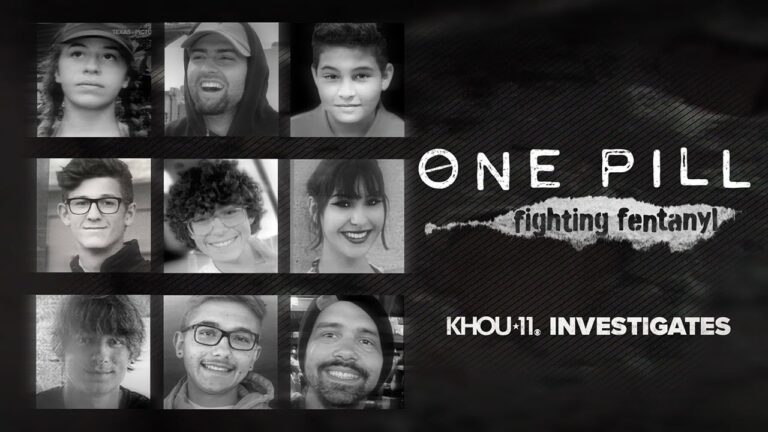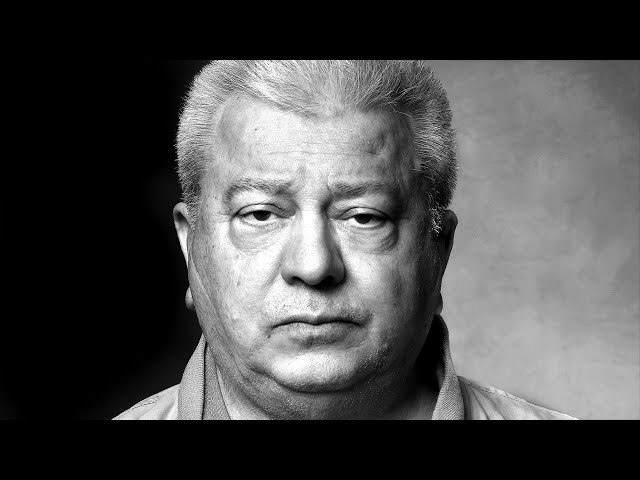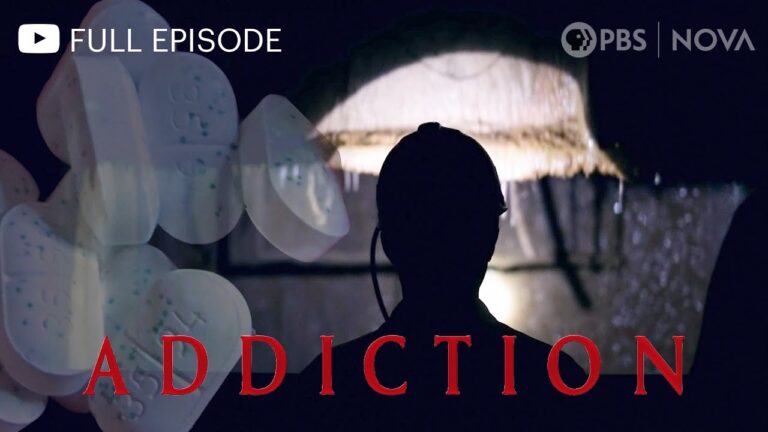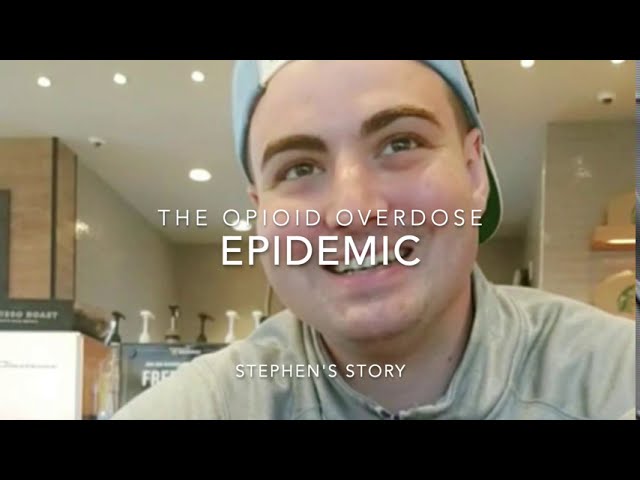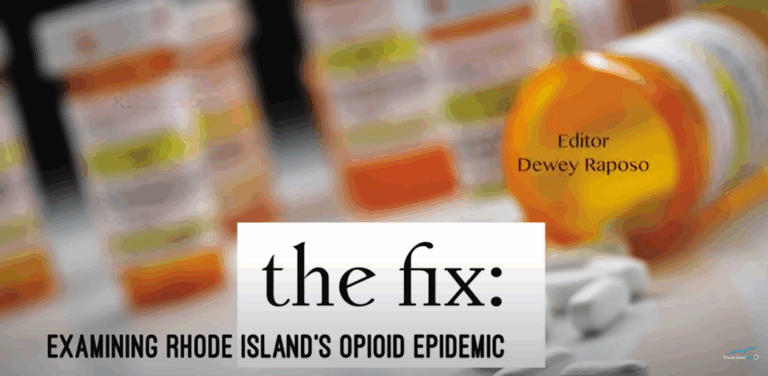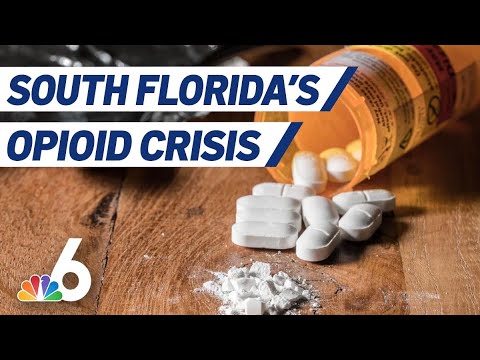Introduction
Bryan’s Hope was founded by Jeannie Richards after she lost her son, Bryan, to a heroin overdose. Richards was hopeful that she could raise enough awareness and money to begin purchasing naloxone kits to hand out to local addicts and the Oakland County Sheriff’s Office. “Bryan, I’d like to think, was just like any other boy growing up, active, happy, healthy,” she says. “It wasn’t until he starting taking prescription Vicodin that he morphed into somebody that I didn’t know” (source). Unfortunately, she was diagnosed with stage 4 pancreatic cancer and passed away a year later in 2019. As a result, it appears that Bryan’s Hope is no longer active.
However, the messages in this documentary still stand. You’ll hear from Richards herself as well as other parents and family members who have lost loved ones. You’ll also listen to the stories of recovering addicts who have made it out of addiction, and professionals who work in this field. It’s an hour of simply listening – there’s nothing flashy about this documentary, it’s a straight shooter, so to speak. Everyone has something unique to offer, their own personal insight into the opioid crisis, the addictive strength of prescription medications, and the easy move from pills to heroin.
Watch Now!
Quotes
“This is not an inner-city disease. This is not a disease of the brain that is associated with any one socio-economic class. This disease affects everybody equally and if you have the correct chemical imbalance in your brain and you are exposed to that drug, you have set up to become addicted to whatever drug you’re abusing.”
“We have a tremendous epidemic in our community right now and if you look at the statistics, 2% of high school students are addicted to opiates and then carry that on into adulthood. We got 2-5% of adults addicted to opiates and the major opiates that are being abused in the area are not illicit drugs, it’s not heroin, it’s prescription medication.”
“In 1995 a lot of things changed in our society. I refer to it as ‘the perfect storm’. Congress went ahead and made it permissible for pharmaceutical companies to begin advertising, and so that was when we started to see the constant ‘there’s a pill for everything’. That really began to shift our societal norms. It made it okay to take a pill and you get those pills from your doctor who’s supposed to be a trusted individual as well.
We also began to see that there was some mismarketing. Purdue pharmaceuticals actually marketed one of the first big prescription pain drugs, oxycontin, which also came out around 1995 as ‘non-addictive’. So everyone was led to believe that it was okay to use oxycontin.”

“When you start using here’s the first thing that happens: you compromise who and what you are to to get more of what you want … you stigmatized yourself.”
JASON BUCHANAN
“It brought me down, weakened me for a long time. But I think at this point now I’m a stronger person than I was before and I have a greater appreciation for life and a greater understanding of how powerful addiction is.”
“When we put the patient into treatment, we start the patient on either suboxone or methadone, which totally eliminates the withdrawal symptom ontology and the craving. We simultaneously place the patient into intensive counselling which entails individual cognitive behavioural therapy and group therapy.”
“She straight down to the methadone clinic and it was amazing. She felt fine, she didn’t feel like she had to go run out and get the heroin, she didn’t have the cravings. She got a job, she got married, she got their own place, she got a car. I mean, she got her life.“
“I was very much like the addict…I was so addicted to my addict that I didn’t take care of myself. I can’t stress enough how important it is for you to take care of yourself.”
“Don’t ever make the mistake of thinking that it can’t happen to you.”
“As hard as you chase the dope, you have to chase your recovery harder. If it doesn’t come first everything else will fall apart.”
“Reach out to people because there are so many people that want to help.”
Continue Learning
Hey there! I hope you found this resource useful! If you’re interested in learning more about some of the topics discussed, you can browse through these additional resources. Please don’t hesitate to contact me if you need help with anything else.
Medication-Assisted Treatment
- 2-Minute Neuroscience: Methadone
- Buprenorphine: Quick Start Guide [PDF]
- Buprenorphine for Chronic Pain: A Safer Alternative to Traditional Opioids
- How Are Methadone and Suboxone Different?
- How Do You Decide Between Methadone and Suboxone?
- How Opioid Treatment Medications Work on Your Brain
- Medication for Opioid Use Disorder
- Methadone Maintenance Therapy Versus No Opioid Replacement Therapy for Opioid Dependence
- Mothers & Methadone
- Opioid Agonist Therapy
- Opioid Substitution Therapy—Time to Replace The Term
- Part 1: Introducing Opioid Substitution Treatment (UK)
- What is Methadone? Methadone vs Suboxone for Treating Opioid Addiction
- What Is Opioid Pharmacotherapy?
Opioid Crisis
- Beyond Supply: How We Must Tackle the Opioid Epidemic [PDF]
- California’s Opioid Crisis
- Facts About Naltrexone [PDF]
- Fentanyl: America’s Grim New Opioid Addiction
- How America Got Hooked on Opioids
- How Good Intentions Contributed to Bad Outcomes [PDF]
- How the Government is Making the Opioid Crisis Worse
- Opioid Crisis: Addiction, Overprescription, and Insufficient Primary Prevention
- The Impact of the Deadly Fentanyl ‘Plague’ on One American City
- The Opioid Crisis in Canada: A National Perspective
- Understanding the Opioid Overdose Epidemic
- Unraveling the Start of the Opioid Crisis
- What Led to the Opioid Crisis – and How to Fix It
- Why Is There an Opioid Crisis?
Opioid Use Disorder
- 2-Minute Neuroscience: Opioids
- Drug Addiction: How Opioids Like Fentanyl Work
- How Do Opiates Affect the Nervous System?
- How Drugs Hijack Your Brain’s Mu Opioid Receptors
- Medications for Opioid Use Disorder
- Medications for Opioid Use Disorder
- Opiate Addiction | The Causes
- Opiate Addiction | The Signs
- Opiate Addiction | Why It’s So Intense
- Opiate Use Disorder or Opiate Addiction?
- Opioid Addiction (CAMH)
- Opioid Overdose (WHO)
- Opioid Use Disorder (NIH)
- Opioid Use Disorder: Medical Treatment Options
- Opioids & the Body: The Science of An Overdose
- Signs of Opioid Use Disorder
- Therapeutic Approaches to Opioid Use Disorder: What is the Current Standard of Care?
- This Is What Happens to Your Brain on Opioids
- Treatment of Opioid-Use Disorders
- What Causes Opioid Addiction, and Why Is It So Tough to Combat?
Prescription Addiction
- Addicted to Prescription Drugs at Age Eleven
- Commonly Abused Prescription Drugs
- Hooked: The Dangers of Prescription Drug Addiction
- Opioid Addiction Is the Biggest Drug Epidemic in U.S. History. How’d We Get Here?
- Prescription Drug Abuse (Mayo Clinic)
- Prescription Drug Abuse (WebMD)
- Prescription Drugs (CCSA)
- Prescription Opioids (CAMH)
- Pain Management and the Opioid Epidemic: Balancing Societal and Individual Benefits and Risks of Prescription Opioid Use
- Relationship between Nonmedical Prescription-Opioid Use and Heroin Use
- The Most Addictive Prescription Drugs on the Market
- Understanding Addiction Prescription Drugs
Share Your Opinion
If you have finished reviewing this resource and have some spare time, I would greatly appreciate it if you could provide your opinion. Was it useful and informative? Did you run into any problems or find something distasteful? I’m thankful for any constructive and helpful feedback to help me improve.
* Your review will be for this specific post and as a result will affect the star rating of the resource. All submissions are reviewed for approval to filter out spam and inappropriate comments. Your email is requested as I may want to follow-up with you. Please also be aware that your review may be placed publicly on this website for others to read.
There are no reviews yet. Be the first one to write one.
